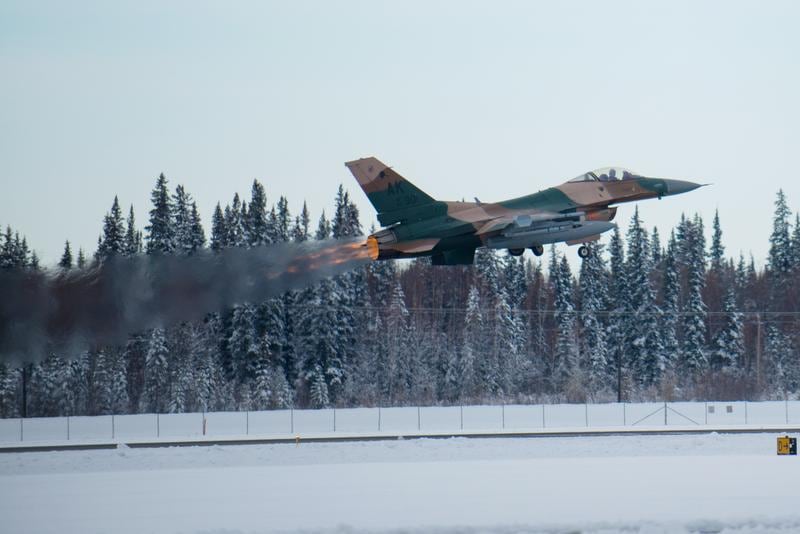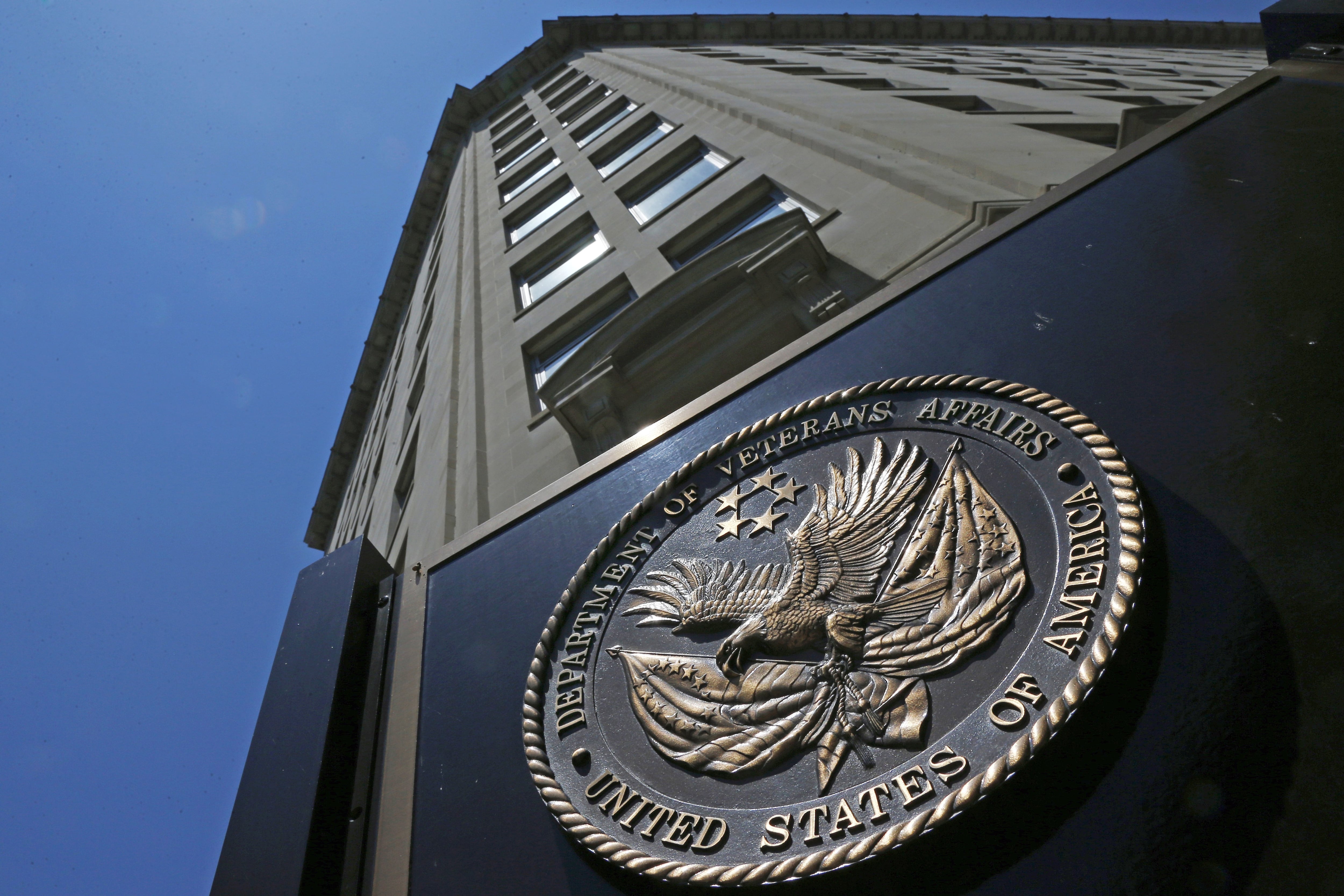The trapezius muscles, or "traps," are long, triangle-shaped muscles on the upper half of your back responsible for:
1. Lifting your shoulder blades (shrugging).
2. Pulling your shoulder blades closer together ("shoulders back").
3. Pulling your shoulder blades down (on parallel bars, the effort of holding your weight up).
Very weak trapezius muscles are visibly evident in rounded shoulders and head-forward-of-the chest posture.
It is important to have strong muscles to keep your shoulder blades from moving. Instability will limit your strength in your chest and arms. Rows, raises and shrugs are the principal exercises that will strengthen the trapezius.
The following are some of the better exercises in each of the aforementioned categories — but there are many others. As always, weight selection depends on fitness level. Start with one set of eight to 10 reps and go from there. You can also do these face down on the floor without weight.
SHRUGS
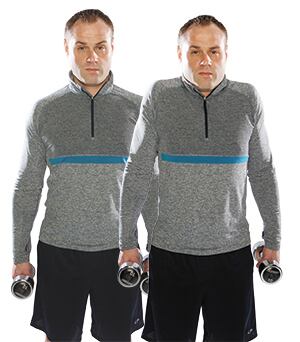
Use dumbbells rather than a barbell. Holding a barbell will cause you to rotate your shoulders, putting more stress on the joints.
Starting position: Stand with your arms fully extended down at your sides, dumbbell in each hand, palms facing each other. During the exercise the dumbbells should remain beside the body — any drift forward will cause a torque on the shoulder joints.
Movement: Raise the dumbbells as high as possible by trying to touch your shoulders to your ears. Keep your head up and forward so as not to stress the cervical muscles. Note, rolling your shoulders back at the top of the lift is of minimal benefit. Pause at the top and lower slowly back to the start.
RAISES
The Y-T-L-W-I is a multipart exercise that can be done with body weight or light dumbbells. You can use an inclined bench or stability ball, which will engage your core more.
Set a low incline or lie face-down on a stability ball so that your back is flat and chest off the ball.
Y: Start with your arms hanging straight down, palms facing each other and thumbs up. Raise your arms slowly at a 30-degree angle to your head, making a Y, until your arms form a plane with your body. Pause, then slowly lower back to the start.
T: (Shown, top) Start the same way, except with your palms facing forward (like the start of a curl). Raise your arms straight out to the side, making a T, until your arms form a plane with your body. Pause, and slowly lower to the start.
L: Start the same way, but with your palms facing behind you (start of a reverse curl). Now raise your upper arms to shoulder level as you squeeze your shoulder blades together. Your lower arms will still hang down.
Here is a subtle change: Rotate your upper arms up and back. This will cause your forearms to raise parallel to the ground.
W: Start with your arms fully extended down, palms facing forward. Keeping your elbows close to your body, bend your forearms up to 90 degrees, (halfway through a curl). Now squeeze your shoulder blades together. This will raise your forearms to the final position where the dumbbells will be vertical and your arms will form a W. You minimize the effort on the traps if you only raise your forearms.
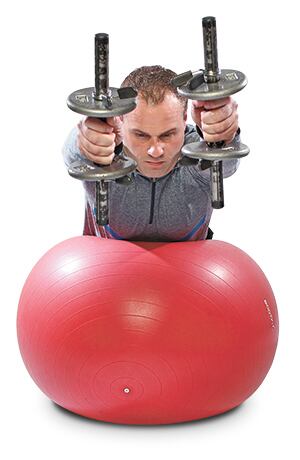
I: (shown, right) Same start but with your palms facing each other. Raise your arms straight up so they are in line with your body and form an I. (It may be hard to get your arms that high.) Pause and lower slowly back to the start.
ROWS
There are many variations: the seated row, bent-over row, dumbbell, barbell, supported or single leg. The inverted row is one of my favorites as it is challenging and easily modified for different fitness levels.
Movement (not shown): Set a bar on the rack at a height that allows you to hang with your arms completely straight and hands directly over your shoulders. Your body should be almost parallel with ground. Grab the bar with an overhand grip. Pull your shoulder blades back (initiate the traps) to start the movement, then pull with your arms until your chest is as close to the bar as possible. You must keep your wrists straight. Pause and slowly return to start.
___________________
Demonstrating this week's workout is Clayton Kolb. Kolb, a former corporal in the Marine Corps and a current lieutenant in the Navy Reserve, is the senior director of Disaster Resource Support and Coordination for the Red Cross and a member of veterans' support organization Team Red White & Blue. He recently ran the Marine Corps Marathon — his first marathon — and is training for the Boston Marathon.
Do you want to be in an upcoming issue? Here’s how.
___________________
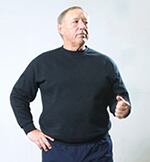
Retired Navy Cmdr. Bob Thomas has been our Military Muscle columnist since 2007. He's the director of the Navy Wellness Center in Pensacola, Fla. He's his base's lead trainer, a wounded warrior program facilitator and the Navy nutrition counselor there. His special emphasis is on fitness for the military retired population. Find his Military Muscle columns here.
